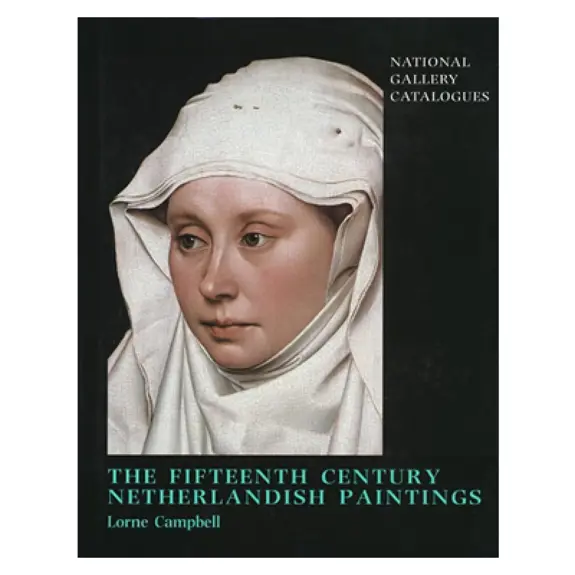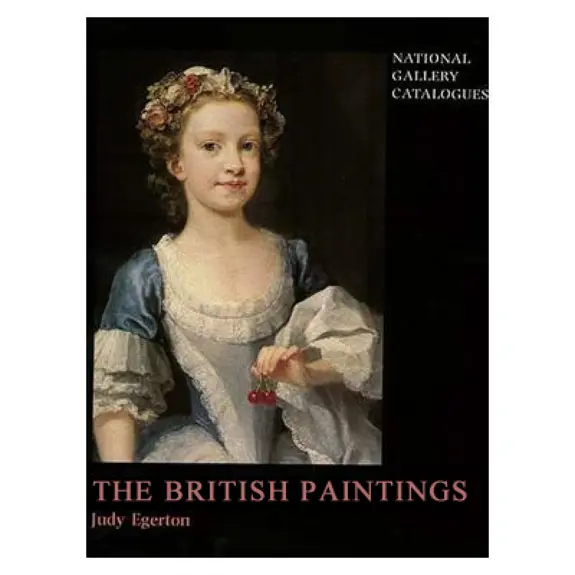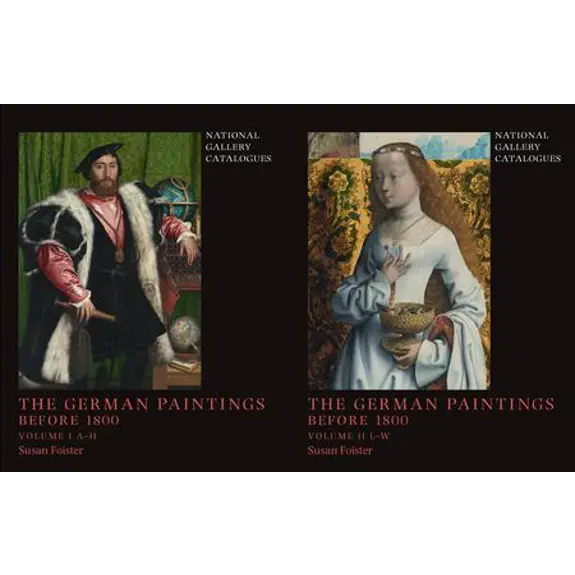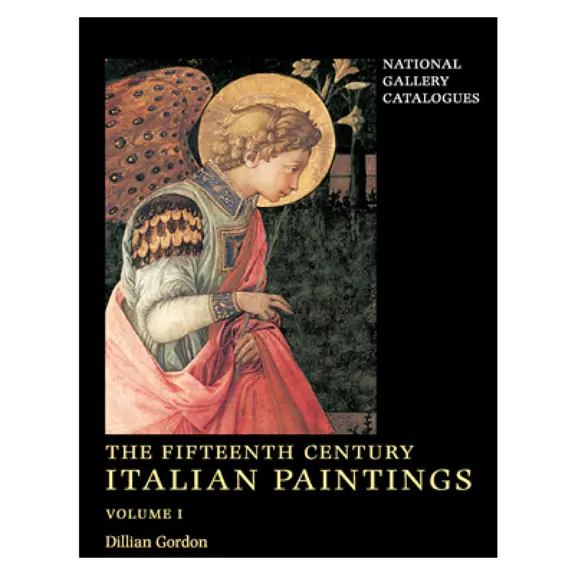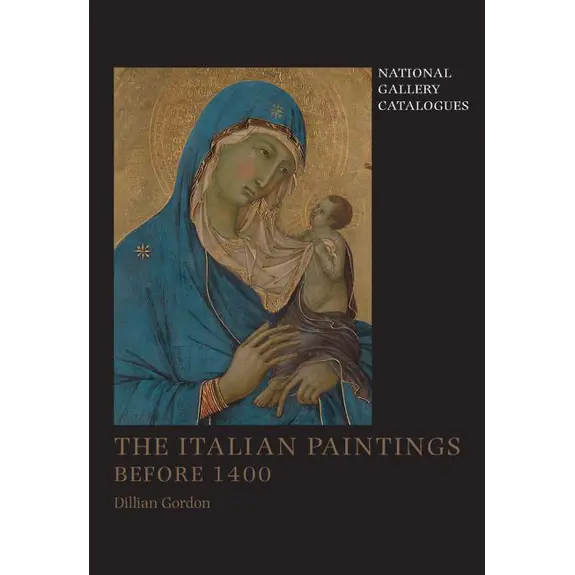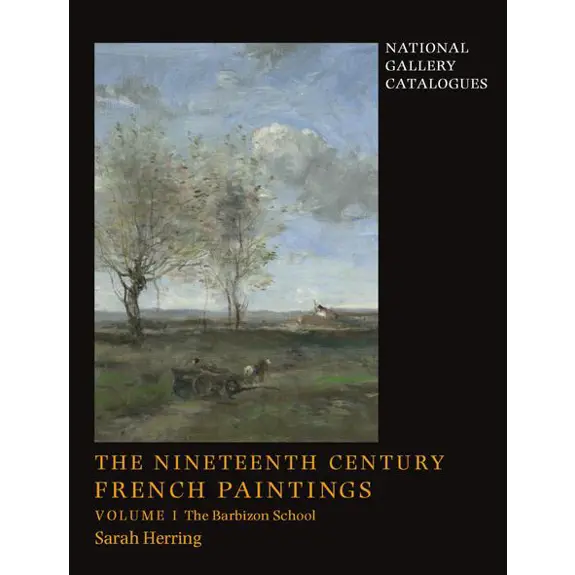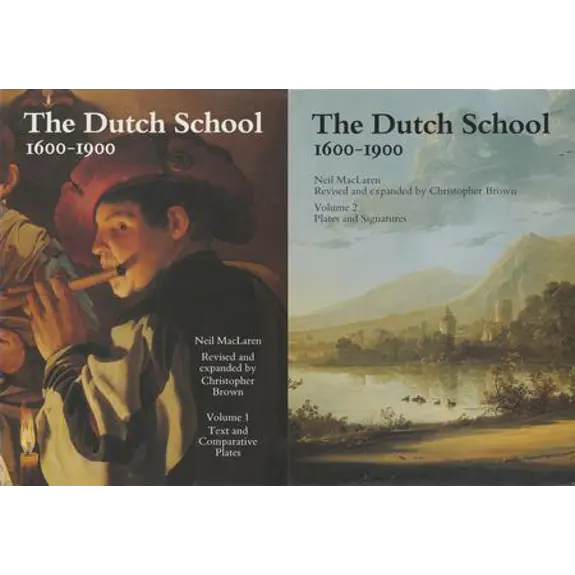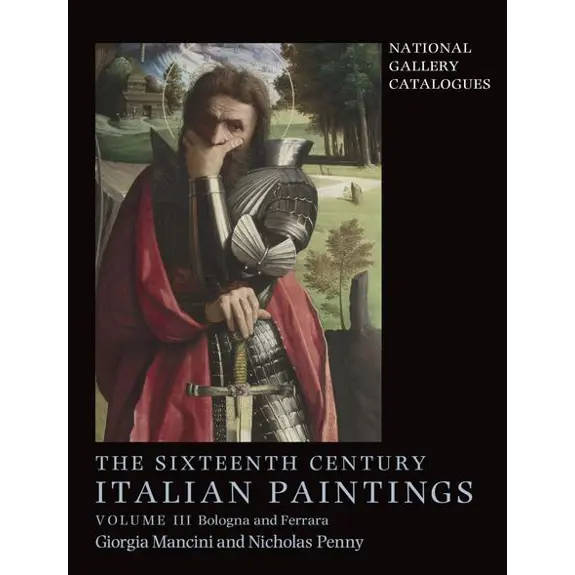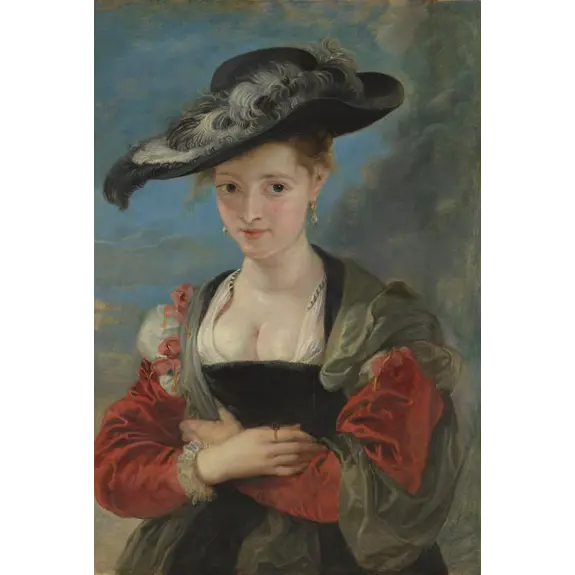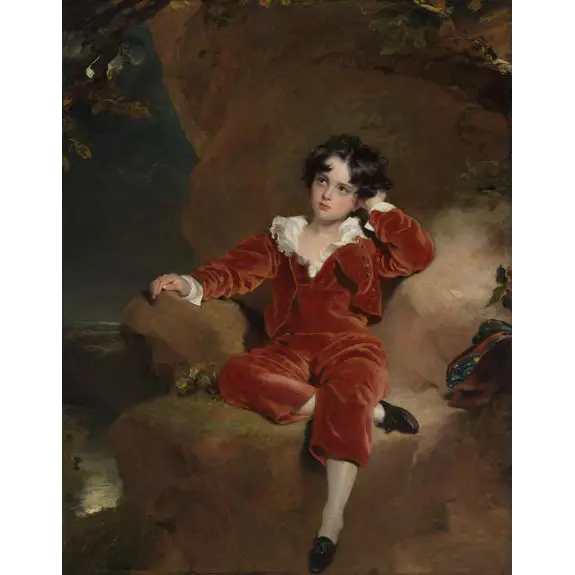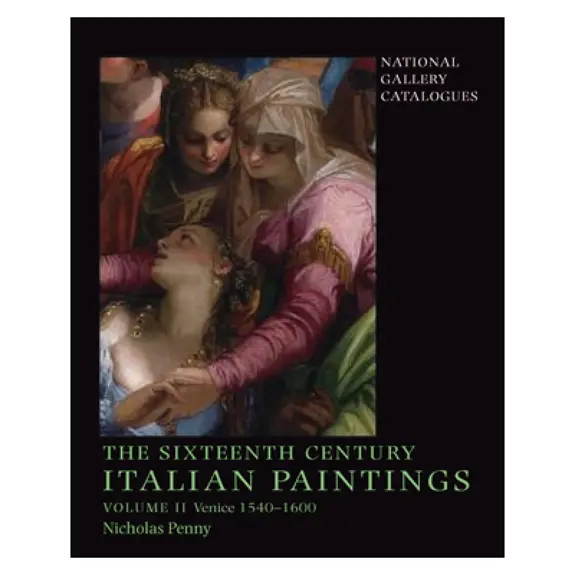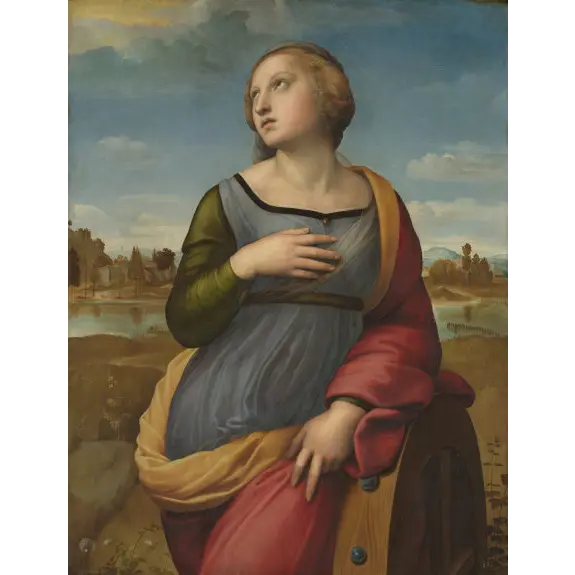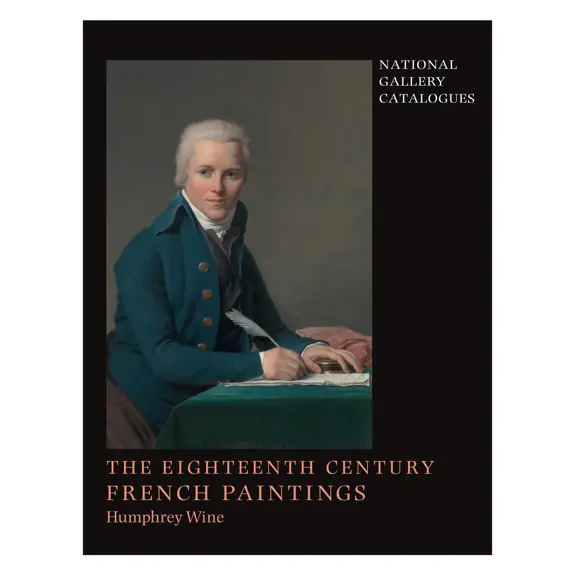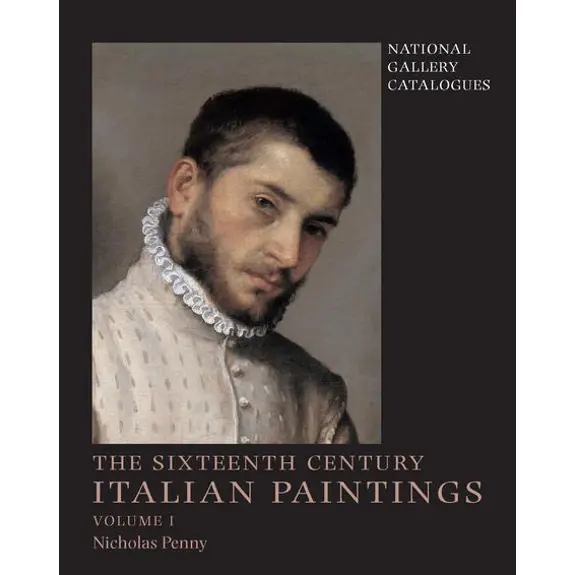
The Sixteenth Century Italian Paintings, Volume 1: Paintings from Bergamo, Brescia and Cremona
National Gallery Catalogues
Sir Nicholas Penny
London, 2004
Summary
All the artists catalogued in this volume were active in Bergamo, Brescia and Cremona in the sixteenth century, cities characterised as much by the artistic interaction between them as by the influence of Venice. They include such well-known names as Lorenzo Lotto, Moretto and Moroni, as well as less familiar ones such as Bartolomeo Veneto and Calisto Piazza.
The comprehensive entry for each picture covers technique and materials, conservation and condition, subject and iconography. A brief but informative account of the original patronage of the painting is followed by a discussion of changing tastes, and of how the picture has been interpreted and esteemed (or neglected) during subsequent centuries. More than a third of the paintings catalogued here are portraits, and these entries include valuable sections on contemporary dress, furnishings and accessories. Some of the paintings, such as Lotto's celebrated Portrait of a Woman inspired by Lucretia and Moroni's portrait of a tailor, have long been highly regarded, but this catalogue sheds new light on exactly what is represented in these familiar but enigmatic images.
Detailed descriptions of frames and framing reflect the growing interest in this field among both curators and the general public. An extended appendix provides fascinating entries on some of the great collectors and collections of the past. Biographies of the artists provide valuable information for the researcher, especially where the artist is little known, while for the general reader and scholar alike, these sketches of the artist's character and career are a useful aid to a fuller understanding of his work.
Online extracts from this catalogue
- Bartolomeo Veneto, 'Lodovico Martinengo'
- Lorenzo Lotto, 'Giovanni Agostino della Torre and his Son, Niccolò'
- Lorenzo Lotto, 'Portrait of a Woman inspired by Lucretia'
- Marco Marziale, 'The Circumcision'
- Altobello Melone, 'Christ carrying the Cross'
- Giovanni Battista Moroni, 'Portrait of a Lady ('La Dama in Rosso')'
- Giovanni Battista Moroni, 'The Tailor ('Il Tagliapanni')'
- Andrea Previtali, 'Scenes from Tebaldeo's Eclogues'
- Girolamo Romanino, 'High Altarpiece, S. Alessandro, Brescia'
- Giovanni Girolamo Savoldo, 'Mary Magdalene'
- Giovanni Girolamo Savoldo, 'Saint Jerome'
About the text
These catalogue entries are a mixture of new ‘born digital’ entries, and entries from previously published catalogues. A third of the previously published entries were chosen from among the Gallery's most important paintings, and two thirds from paintings that are interesting, but often overlooked.
When converting the previously-published files we have tried to stay as close to the original texts and arrangements as possible, whilst also creating online entries that are self-contained. This means that sections like bibliographies and appendices appear in the individual entry webpage. Bibliographies have been collated from various sources (this is why, for example, individual references may be formatted differently). The way we tag items to add them to lists of references may mean that the hyperlinking of references appears inconsistent – we’ll be working on improving this.
Editorially, we have corrected any known errors. We have also acquired and cleared new images, so credit lines have been updated. Images, which often fell in the middle of running text, have been moved to the next paragraph break. The main image for each entry has been moved to the top. Captions which applied to more than one image have been divided so that each image has its own caption.
Texts remain as they were published. In a few cases an ‘update’ section summarises recent research.

